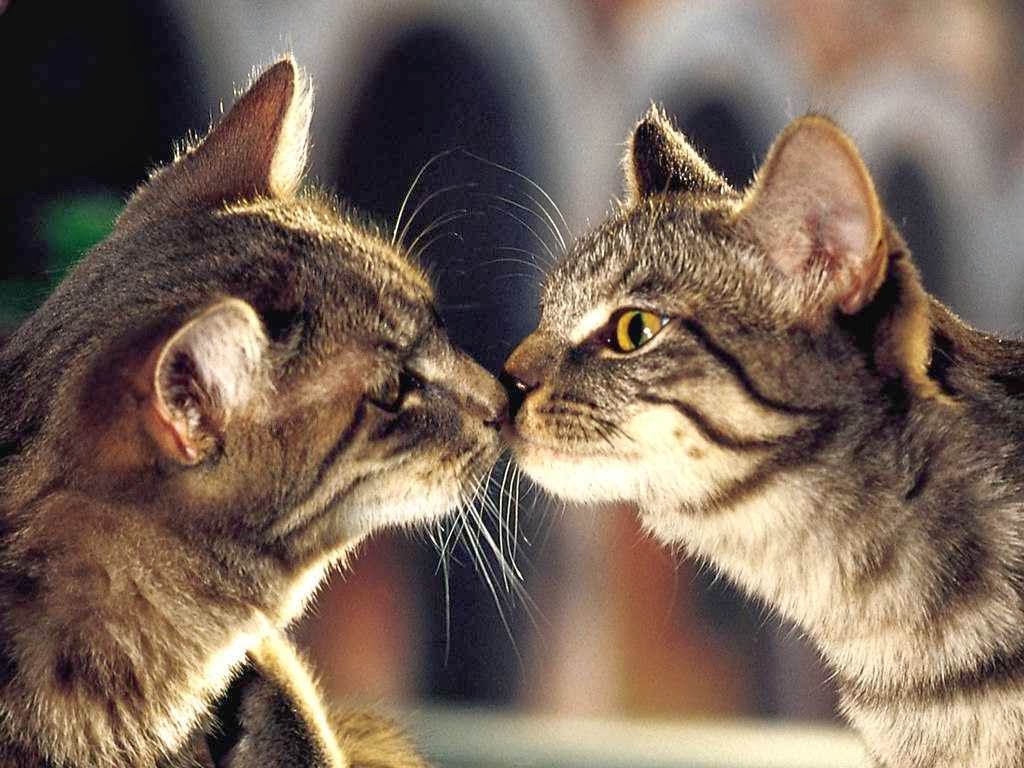Have you ever wondered what it means when your cat shows affection towards you or another feline? The phrase "cat in love" encapsulates the unique and often puzzling ways cats express their feelings. In this article, we will explore the various aspects of feline affection, including how cats bond with their owners and other cats, the signs of a cat in love, and the impact of these relationships on both the cat and its human companions. Join us as we unravel the delightful world of cats and their affectionate behaviors.
The bond between humans and cats can be profound, sometimes resembling a deep friendship or even love. Understanding the nuances of feline affection can enhance the relationship you have with your cat and improve their quality of life. This article will provide insights into what it means when we say a cat is in love, backed by expert knowledge and reliable sources.
Moreover, we will delve into the science behind cat behavior, explore the emotional depth of these creatures, and discuss how to nurture a loving relationship with your feline friend. By the end of this detailed guide, you will have a comprehensive understanding of what it means when we talk about a "cat in love."
Table of Contents
- 1. Definition of "Cat in Love"
- 2. Signs Your Cat is in Love
- 3. The Bonding Process Between Cats and Humans
- 4. Scientific Insights into Feline Affection
- 5. The Impact of Love on a Cat's Well-being
- 6. How to Nurture Love in Cats
- 7. Common Myths about Cats and Love
- 8. Conclusion
1. Definition of "Cat in Love"
The term "cat in love" refers to the affectionate behaviors exhibited by cats towards their humans or fellow felines. While cats are often seen as aloof creatures, they are capable of forming strong emotional bonds. This section will explore how these bonds form and what they signify.
2. Signs Your Cat is in Love
Recognizing the signs of a cat in love can help you understand their emotions better. Here are some key indicators:
2.1 Physical Signs
- Purring: A content cat often purrs when near someone they love.
- Slow Blinking: Cats use slow blinks to show trust and affection.
- Head Butting: A cat that gently bumps its head against you is marking you with its scent.
- Rolling Over: Showing their belly is a sign of trust and love.
2.2 Behavioral Signs
- Following You: A cat in love will often follow you around the house.
- Bringing You "Gifts": Cats may bring prey or toys to their humans as a sign of affection.
- Vocalization: Increased meowing or chirping can indicate excitement and affection.
3. The Bonding Process Between Cats and Humans
The bonding process between cats and humans is unique and can be influenced by various factors, including socialization, environment, and individual personality traits. Cats may form attachments to their human companions in several ways:
- Positive Reinforcement: Rewarding your cat with treats or affection helps build trust.
- Consistent Interaction: Regular playtime and interaction can deepen the bond.
- Creating a Safe Space: A secure environment allows a cat to feel comfortable expressing its love.
4. Scientific Insights into Feline Affection
Recent studies have shown that cats possess emotional intelligence and can recognize human emotions. According to research published in the Journal of Veterinary Behavior, cats can differentiate between their owners' voices and those of strangers, indicating a bond based on recognition and affection.
Additionally, the hormone oxytocin, often referred to as the "love hormone," plays a significant role in the bond between cats and humans. The release of oxytocin during affectionate interactions helps strengthen emotional connections.
5. The Impact of Love on a Cat's Well-being
Feline affection has significant implications for a cat's mental and physical well-being. Cats that experience love and companionship tend to exhibit lower stress levels and better overall health. Key benefits include:
- Reduced Anxiety: Cats that feel loved are less likely to exhibit signs of stress.
- Improved Behavior: Affectionate cats are less prone to behavioral issues.
- Longer Lifespan: A loving environment can contribute to a longer, healthier life for your cat.
6. How to Nurture Love in Cats
Building a loving relationship with your cat requires time, patience, and understanding. Here are some tips to nurture love in your feline friend:
- Spend Quality Time: Engage in play, grooming, and cuddling.
- Respect Their Space: Allow your cat to come to you when they feel comfortable.
- Provide Enrichment: Toys, scratching posts, and climbing structures can stimulate your cat's mind.
- Regular Vet Visits: Keeping your cat healthy is essential for maintaining a loving relationship.
7. Common Myths about Cats and Love
Several myths surround the concept of feline affection. Here are some common misconceptions:
- Cats are Aloof: While some cats may seem distant, many are incredibly affectionate.
- Only Dogs Show Love: Cats express love differently, but their affection is no less genuine.
- All Cats Hate Being Held: Many cats enjoy being held, especially if they feel safe and secure.
8. Conclusion
Understanding what it means when we say a cat is in love can greatly enhance the relationship between you and your feline companion. Recognizing the signs of affection, nurturing that bond, and debunking common myths can lead to a happier, healthier life for both you and your cat. We encourage you to observe your cat's behavior closely and cherish the unique love that exists between you.
If you found this article helpful, please leave a comment below, share it with fellow cat lovers, and explore more articles on our site to learn about the wonderful world of pets!
Thank you for reading, and we hope to see you back soon for more insights into the lives of our beloved furry friends!




